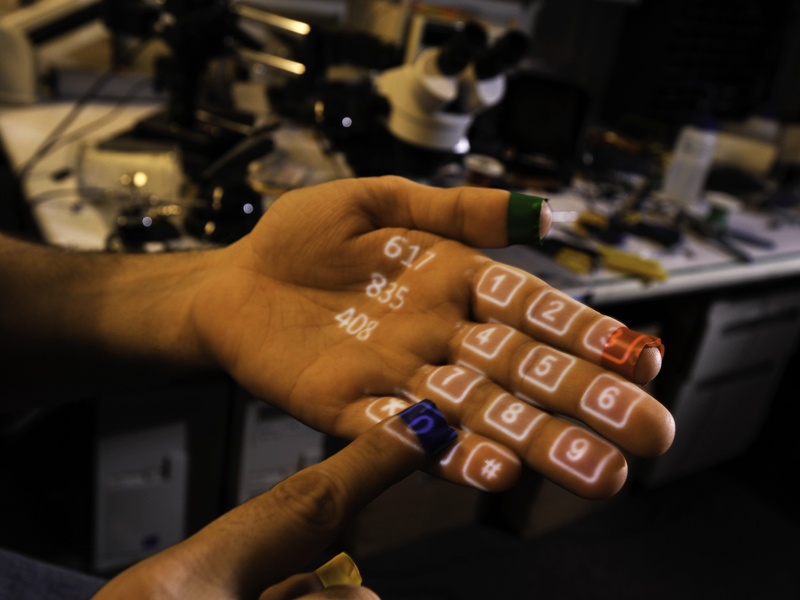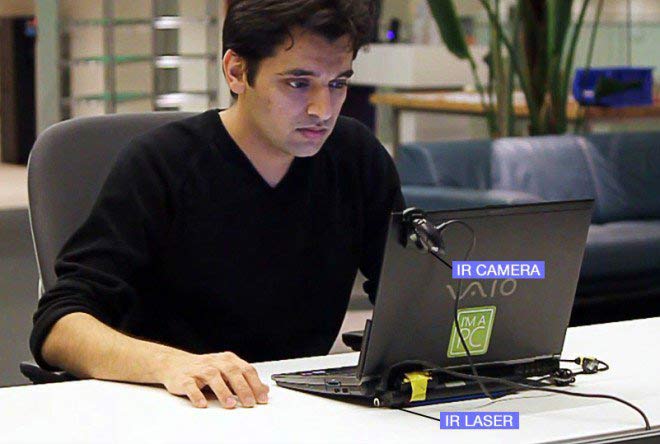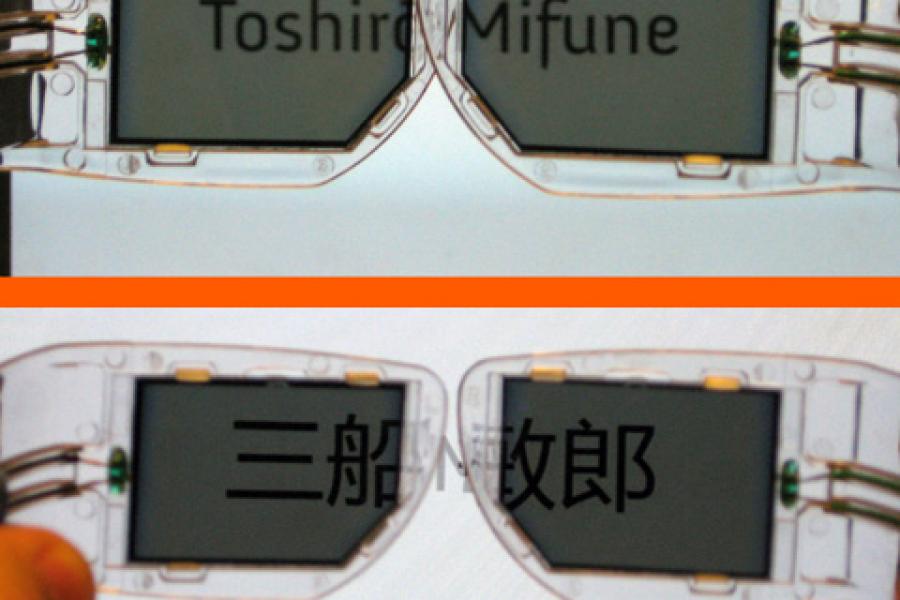The year 2013 was widely regarded as the year of wearable technology. And although the technology didn't take off as quite expected, it catapulted one man from India right in the centre of the consumer tech scene. Pranav Mistry from Palanpur in Gujarat, India is just 32 and still has managed to have the world in awe of him with a plethora of innovations. A slew of awards and recognitions including Young Global Leader 2013 by World Economic Forum, MIT Technology Review TR35's one of the top 35 innovators in the world under the age of 35; Invention of the Year 2009 award, Popular Science; Young Indian Innovator 2009 award, Digit Magazine among many others tell you about the engineering prowess of this young man.
It's no surprise then that the man heads Samsung's innovation arm called "Think Tank Team" and is the Director of Research, US as well. You wouldn't be more wrong if you thought the Samsung Galaxy Gear was one of his biggest contributions in the tech space.
We take a look at Pranav Mistry's most recognised industry changing innovations:

Comprised of a pocket projector, a mirror and a camera; SixthSense bridges the gap between the digital devices and the physical world.
The device allows you make any object like wall, paper or even your body the screen and interact with the same using hand based gestures. Draw; pinch in & out of images or drawings, all with hand based gestures. You can also use a simple gesture to click images with the camera. Besides the camera can also see the objects (including humans) we interact with and identify them for us or even provide more information about them.
There are a multitude of applications that become possible with this wearable technology. Do checkout the video below to view a demo of this amazing technology.

While this invention isn't as flashy or as geeky as the rest of his innovations, its impact was certainly very huge. It enables millions of Indians, who do not understand English, to use digital devices like phones and computers using their own local language.
Akshar takes advantage of the fact that most of the native Indian languages are based on the Brahmi script, allowing it to group 5 similar consonants together. Thus making it very easy and quick for an Indian to type / interact with their personal device in the native language, which otherwise was very cumbersome on the unfriendly QWERTY.
You can view a small demo of the technology in action here:

Intrigued with the fact that the mouse is such an indispensable object, Pranav finally decided to take up the challenge and see if he could make the omnipresent vanish from our daily lives; which needless to say he did, by simply using an infrared laser beam and infrared- enabled camera which tracks your hands' motions and its gestures accurately.
Here is the explanation of the technology:
"Both IR laser and IR camera are embedded in the computer. The laser beam module is modified with a line cap and placed such that it creates a plane of IR laser just above the surface the computer sits on. The user cups their hand, as if a physical mouse was present underneath, and the laser beam lights up the hand which is in contact with the surface. The IR camera detects those bright IR blobs using computer vision. The change in the position and arrangements of these blobs are interpreted as mouse cursor movement and mouse clicks."

See the Mouseless Mouse in action here:

Fighting for the remote to see a channel of your choice is a common problem at many homes. Pranav Mistry has even designed a solution for this too. While he was at MIT, Mistry invented a technology that allows upto five people to watch different channels on the same screen at the same time. The glasses, called thirdEye, allow users to see customised information. So they view the same screen but different content. Currently TV manufacturers like Samsung and Sony are already using the technology by providing their customers with special glasses that allow them to multiview with each video stream being filtered out by one pair of glasses.
Another example of its implementation: People can see signages in their own language at public places. For example, a Japanese tourist can see all instructions in Japanese and an American in English.
Even video games do not need to have split screens anymore. Each player can see his or her personal view of the game on the TV screen.
Like what you see? Tell us which of Mistry's innovations you like the best and why in the comments below.
Also read: The future might even bring me to Gujarat to start an IT firm on the Amul model: Pranav Mistry
via Technology - Google News http://news.google.com/news/url?sa=t&fd=R&usg=AFQjCNHG7pAaUb-VYaWUr-J7Q0ByhgoYeQ&url=http://www.dnaindia.com/scitech/report-indian-computer-scientist-behind-samsung-galaxy-gear-pranav-mistry-s-most-interesting-innovations-1949164

Put the internet to work for you.

0 comments:
Post a Comment